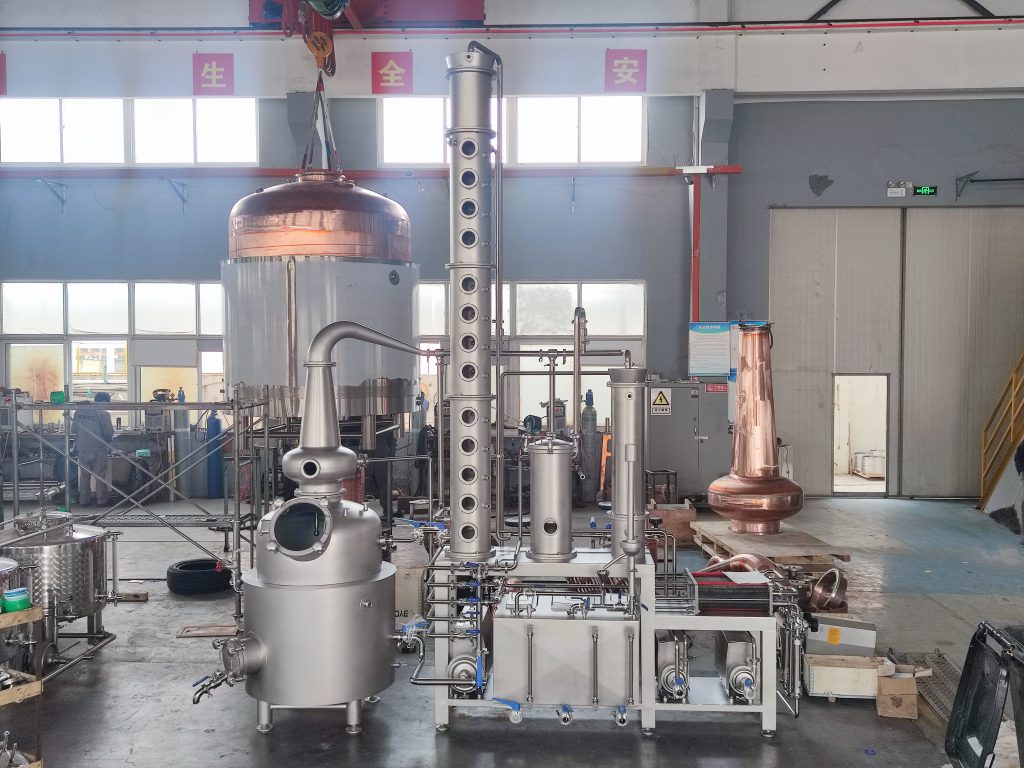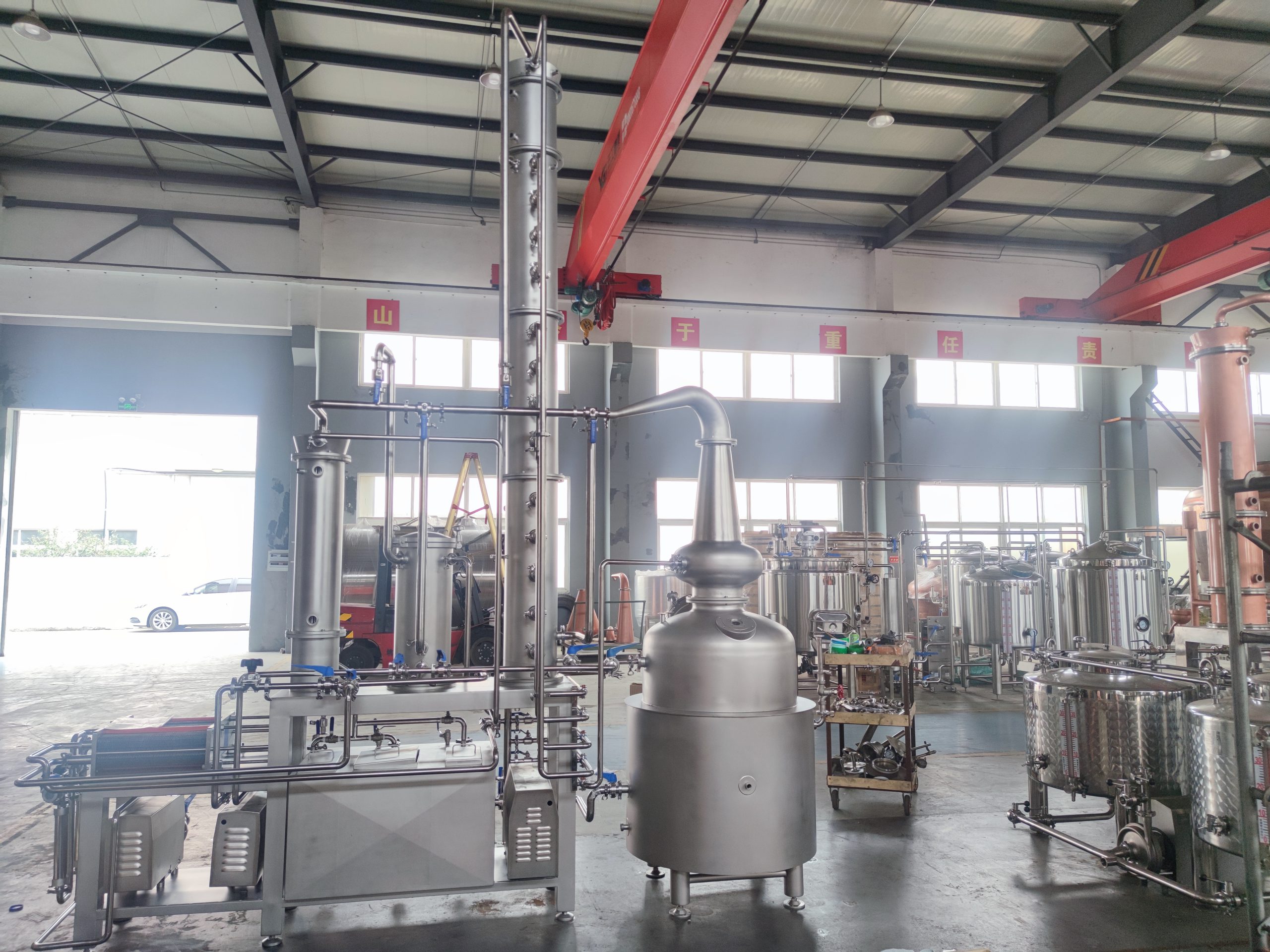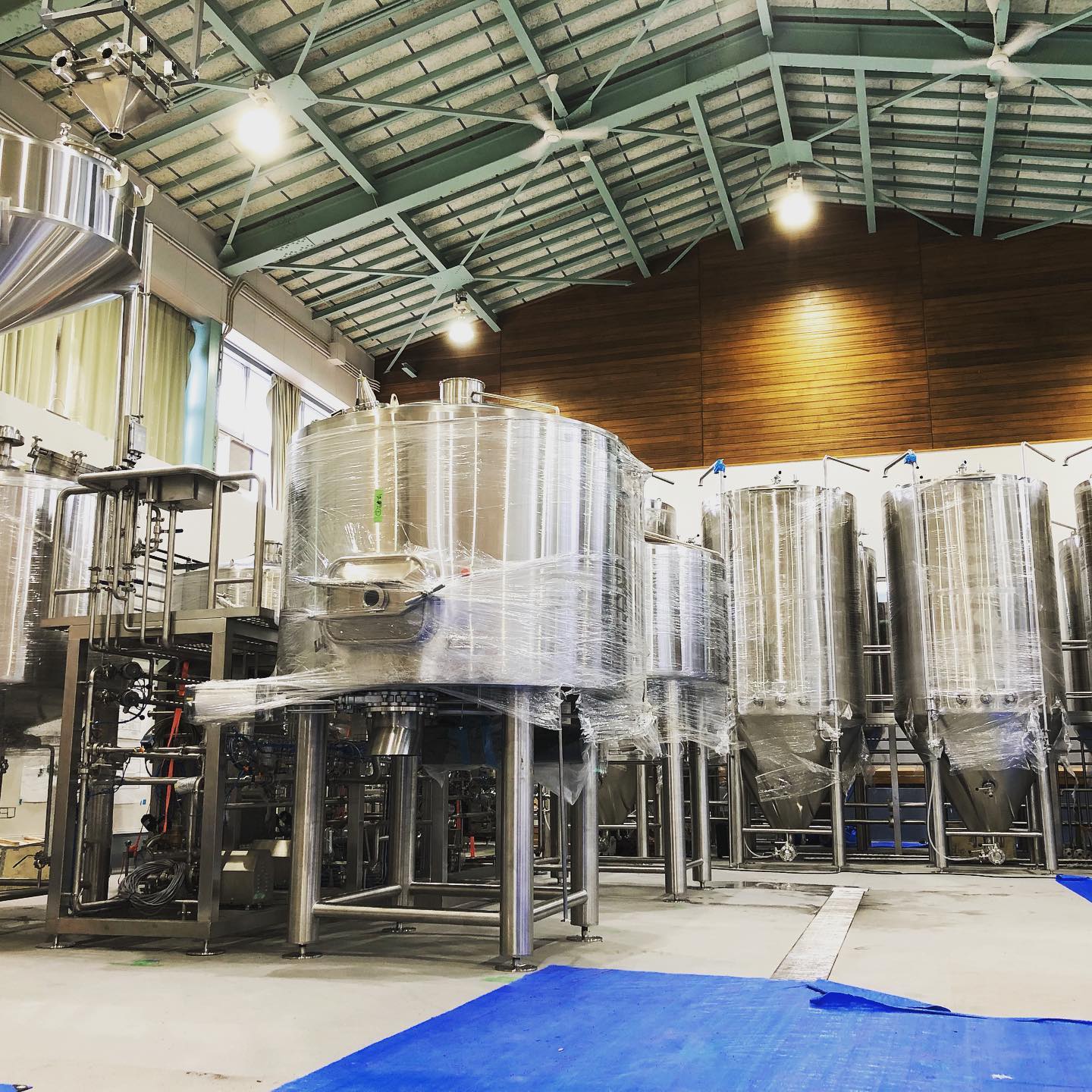Introduction
When it comes to the art of distillation, two primary methods stand out: pot stilling and column stilling. Each technique has its unique characteristics and offers different advantages, influencing the final product’s flavor, texture, and quality. In this comprehensive guide, we will delve deep into the distinctions between pot stilled and column stilled spirits, exploring their history, process, and impact on the beverage industry. Whether you are a connoisseur, a producer, or simply an enthusiast, this article aims to provide an in-depth understanding of these two pivotal distillation methods.
The History of Distillation

Distillation is an ancient practice that dates back thousands of years. The origins of pot stilling can be traced back to early civilizations that used simple pot stills to create spirits and medicinal concoctions. Pot stills were traditionally made from copper and were heated over an open flame. The design of the pot still has remained relatively unchanged over the centuries, emphasizing its effectiveness and simplicity.
Column stilling, on the other hand, is a more recent innovation. Invented in the 19th century, column stills, also known as continuous stills, were designed to increase efficiency and production capacity. This advancement revolutionized the spirits industry, allowing for the mass production of distilled beverages.
Pot Stilled: The Traditional Approach
Process
Pot stilling involves a batch distillation process where the liquid is heated in a large pot or kettle. As the liquid heats up, it vaporizes and rises through a neck or swan’s neck, then condenses back into liquid form in a separate container. This process can be repeated multiple times to achieve the desired purity and flavor profile.
Advantages
- Flavor Complexity: Pot stills are known for producing spirits with rich, complex flavors. The slower distillation process allows for the retention of more congeners, which contribute to the depth and character of the final product.
- Artisanal Quality: Many craft distillers prefer pot stilling for its ability to create unique, high-quality spirits that reflect the distiller’s skill and artistry.
- Historical Significance: Pot stills are often associated with traditional spirits like single malt Scotch whisky, Irish whiskey, and certain types of rum, preserving the heritage and authenticity of these beverages.
Disadvantages
- Efficiency: Pot stilling is a time-consuming process that produces lower yields compared to column stilling.
- Cost: The labor-intensive nature of pot stilling can make it more expensive, which is often reflected in the price of the final product.
Column Stilled: The Modern Technique
Process
Column stilling involves a continuous distillation process where the liquid is fed into a column filled with plates or packing material. As the liquid moves up the column, it is repeatedly vaporized and condensed, allowing for a high degree of separation and purification. This process can run continuously, making it highly efficient.
Advantages
- Efficiency: Column stills can operate continuously, producing large quantities of spirit with a high level of purity. This makes them ideal for large-scale production.
- Consistency: The automated nature of column stilling ensures a consistent product with each batch, which is important for commercial brands.
- Cost-Effective: Higher production efficiency often translates to lower production costs, making column stilled spirits more affordable.
Disadvantages
- Flavor: While column stills produce a purer spirit, they may lack the complexity and depth of flavor found in pot stilled spirits.
- Homogeneity: The consistency achieved through column stilling can sometimes result in spirits that are less distinctive or unique.
Comparing Pot Stilled and Column Stilled Spirits
To provide a clearer comparison between pot stilled and column stilled spirits, let’s examine their characteristics in a table:
| Characteristic | Pot Stilled | Column Stilled |
|---|---|---|
| Flavor | Rich, complex, and distinctive | Clean, pure, and consistent |
| Efficiency | Lower, batch process | Higher, continuous process |
| Production Cost | Higher, labor-intensive | Lower, more automated |
| Heritage | Traditional, artisanal | Modern, industrial |
| Typical Products | Single malt whisky, craft spirits | Vodka, large-scale commercial spirits |
The Impact on the Beverage Industry

The choice between pot stilled and column stilled methods significantly shapes the landscape of the beverage industry, influencing everything from production techniques to market positioning. Each method’s unique characteristics cater to different segments of the market, affecting not only the final product but also the business strategies of distilleries worldwide.
Craft Distillers and High-End Producers
Craft distillers and high-end spirit producers often lean towards pot stilling due to its ability to create distinctive, premium products with rich and complex flavor profiles. This traditional method allows for greater control over the distillation process, enabling distillers to experiment with various ingredients and techniques to develop unique spirits that stand out in the market. The artisanal nature of pot stilling appeals to consumers who are willing to pay a premium for quality and authenticity. This niche market has seen significant growth in recent years, with an increasing number of small, independent distilleries emerging around the globe, all dedicated to producing high-quality, pot stilled spirits.
Large-Scale Producers and Mass Market
On the other hand, large-scale producers favor column stilling for its efficiency and ability to produce large quantities of consistent, high-purity spirits. The continuous distillation process of column stilling aligns perfectly with the needs of mass production, where maintaining uniformity and meeting high demand are crucial. This method allows for the production of spirits at a lower cost, making them more accessible to a broader consumer base. Brands that dominate the mass market, such as major vodka and gin producers, often rely on column stilling to ensure their products are consistent in flavor and quality, batch after batch.
Hybrid Techniques and Innovation
The industry is not limited to a binary choice between pot stilling and column stilling. Some distilleries adopt hybrid techniques, combining the best aspects of both methods to create innovative products. For instance, a distillery might use pot stilling for the initial distillation to develop rich flavors and then employ column stilling for subsequent distillations to achieve higher purity. This approach allows producers to tailor their processes according to specific goals, such as balancing complexity and smoothness or enhancing certain flavor notes while maintaining overall consistency.
Economic Implications
The economic implications of these distillation methods are profound. Pot stilling, being labor-intensive and time-consuming, typically results in higher production costs, which are passed on to consumers through higher prices. This model is sustainable for premium products where consumers expect to pay more for superior quality and craftsmanship. Conversely, the cost-effectiveness of column stilling supports competitive pricing strategies, making it possible for producers to offer spirits at various price points, catering to different market segments.
Market Trends and Consumer Preferences
Consumer preferences also play a significant role in shaping the industry. There is a growing trend towards premiumization, where consumers are increasingly seeking high-quality, artisanal products and are willing to pay a premium for them. This trend benefits pot still distillers who focus on creating unique, high-end spirits. Simultaneously, there is a substantial market for affordable, consistent spirits produced through column stilling, appealing to consumers looking for reliability and value.
Environmental Considerations
Environmental sustainability is becoming an important consideration in the spirits industry. Column stilling is often viewed as more environmentally friendly due to its higher efficiency and lower energy consumption per unit of alcohol produced. However, many pot still distilleries are adopting sustainable practices, such as sourcing local ingredients, utilizing renewable energy, and implementing waste reduction measures, to minimize their environmental impact.
Conclusion
Understanding the differences between pot stilled and column stilled spirits is crucial for appreciating the diversity and complexity of distilled beverages. While pot stilling offers a traditional, artisanal approach with rich, complex flavors, column stilling provides a modern, efficient method for producing consistent, high-purity spirits. Both methods have their unique advantages and play essential roles in the spirits industry.
FAQ
What is the main difference between pot stilled and column stilled spirits?
The main difference lies in the distillation process. Pot stilling is a batch process that produces rich, complex flavors, while column stilling is a continuous process that offers high efficiency and consistency.
Which method is better for producing high-quality spirits?
It depends on the desired outcome. Pot stilling is often preferred for high-quality, artisanal spirits with complex flavors, while column stilling is ideal for producing large quantities of consistent, pure spirits.
Are pot stilled spirits more expensive than column stilled spirits?
Generally, yes. The labor-intensive nature of pot stilling and the smaller production yields typically result in higher costs, which are often reflected in the price of the final product.
Can a spirit be both pot stilled and column stilled?
Yes, some distilleries use a combination of both methods to create unique flavor profiles and achieve specific production goals. This hybrid approach can offer the best of both worlds.
Which types of spirits are typically pot stilled?
Pot stilling is commonly used for single malt Scotch whisky, certain types of rum, and other craft spirits that benefit from the complex flavors developed through this traditional method.

